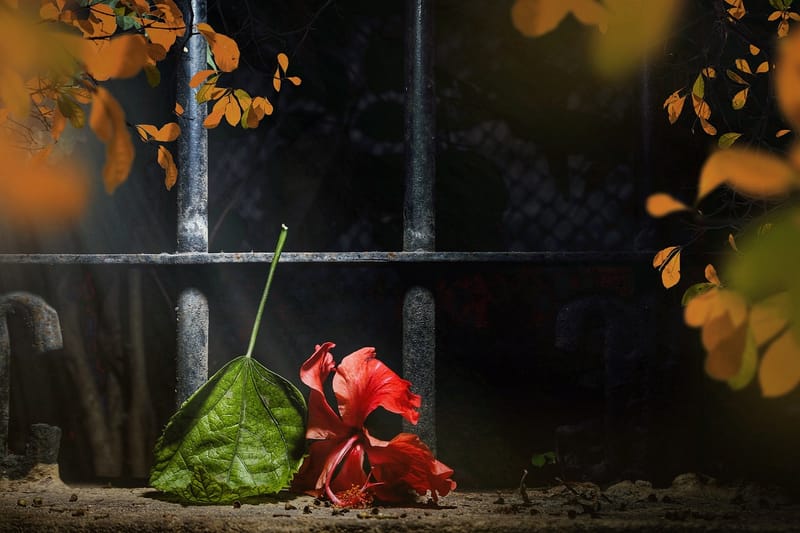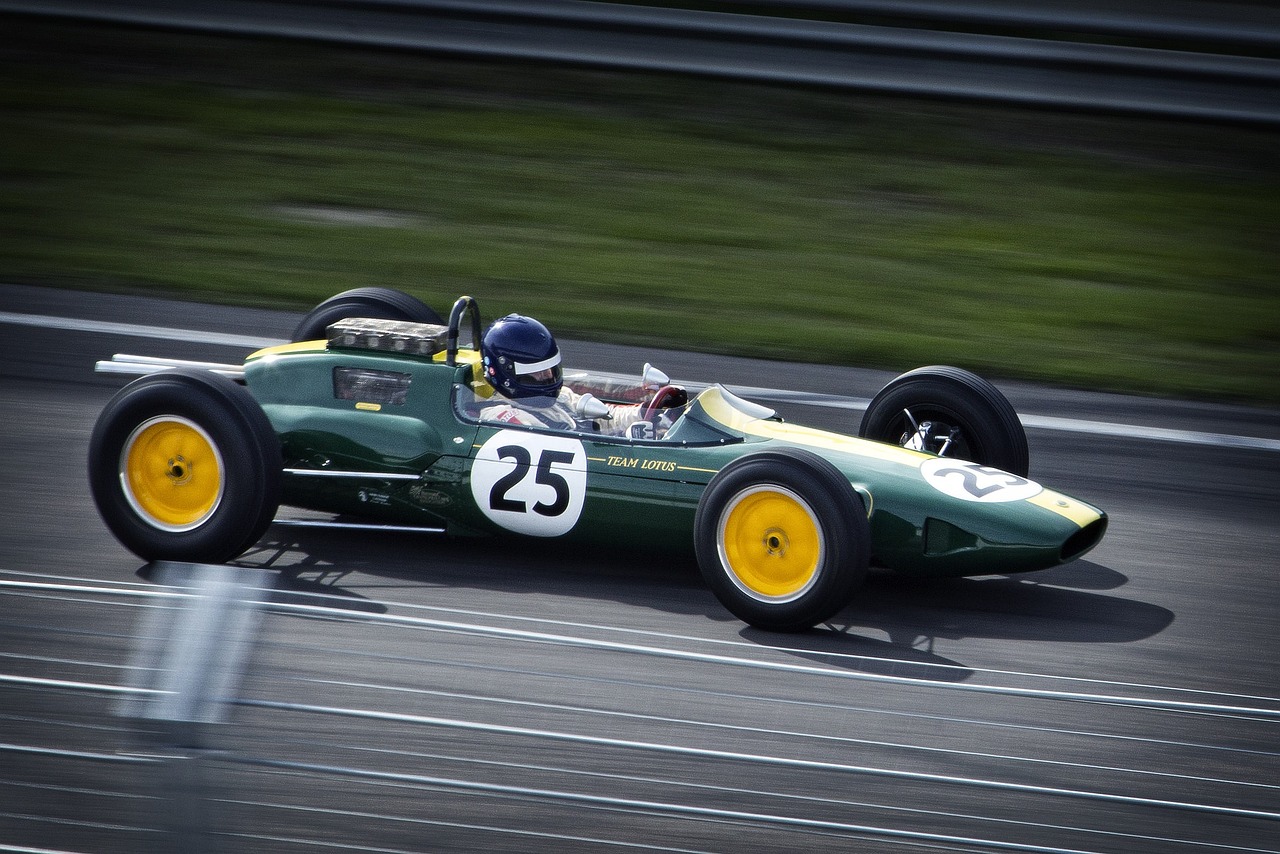Garden Design - Part 1
Creative Garden Planning - Part 1

Welcome to the world of creative garden planning! Transforming your outdoor space into a beautiful and functional garden can be a rewarding and enjoyable experience. Whether you're a seasoned gardener or a beginner looking to try your hand at gardening, this guide will provide you with practical tips and ideas to help you plan and design your dream garden.
1. Define Your Garden's Purpose
Before you start planning your garden, think about how you want to use the space. Do you want a peaceful retreat for relaxation, a vibrant flower garden, a productive vegetable patch, or a combination of these elements? Identifying your garden's purpose will help you make informed decisions when selecting plants and designing layout.
2. Assess Your Garden Site
Take note of important factors such as sunlight exposure, soil quality, drainage, and existing plants or structures in your garden. Understanding these site conditions will help you choose the right plants that thrive in your specific environment and plan the layout accordingly.
3. Create a Garden Layout
Sketch a rough layout of your garden space, considering the placement of different elements such as pathways, flower beds, vegetable plots, seating areas, and focal points like statues or water features. Experiment with different designs until you find one that suits your vision.
4. Select Suitable Plants
Choose plants that are well-suited to your garden's conditions, including local climate, sunlight levels, and soil type. Consider a mix of flowers, shrubs, trees, and perennials to create a diverse and visually appealing garden that blooms throughout the seasons.
5. Incorporate Hardscaping Elements
Enhance your garden's design with hardscaping elements such as garden paths, patios, trellises, raised beds, and garden structures. These features not only add functionality to your garden but also create visual interest and define different areas within the space.
6. Consider Sustainability
Make eco-friendly choices in your garden design by incorporating sustainable practices such as water conservation, composting, using native plants, and attracting beneficial wildlife. Sustainable gardening not only benefits the environment but also creates a balanced and resilient garden ecosystem.
Stay tuned for Part 2 of our Creative Garden Planning series, where we will delve deeper into plant selection, maintenance tips, and creative gardening ideas to bring your garden to life!
Remember, gardening is a journey, so enjoy the process of planning and creating your own outdoor oasis!
